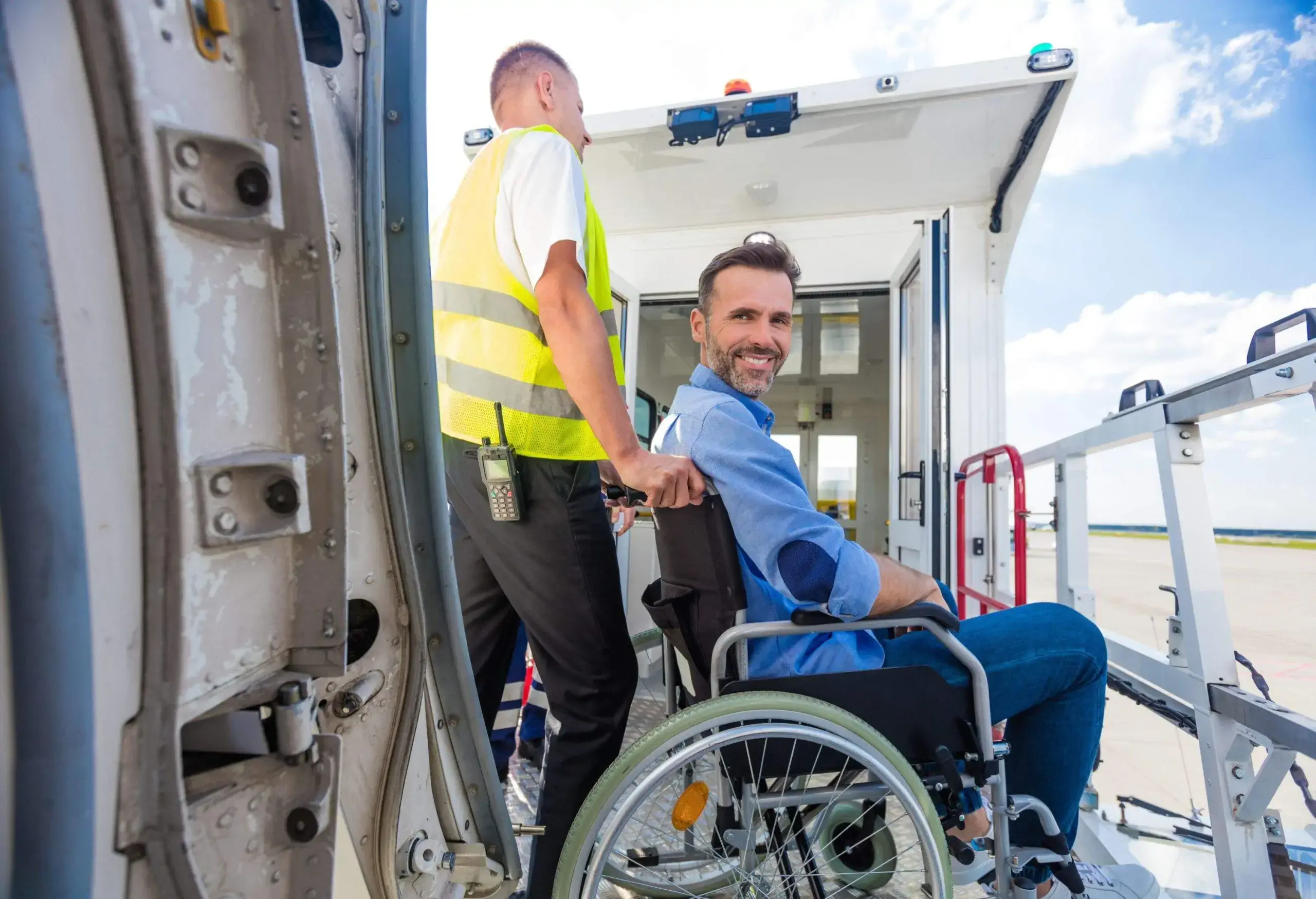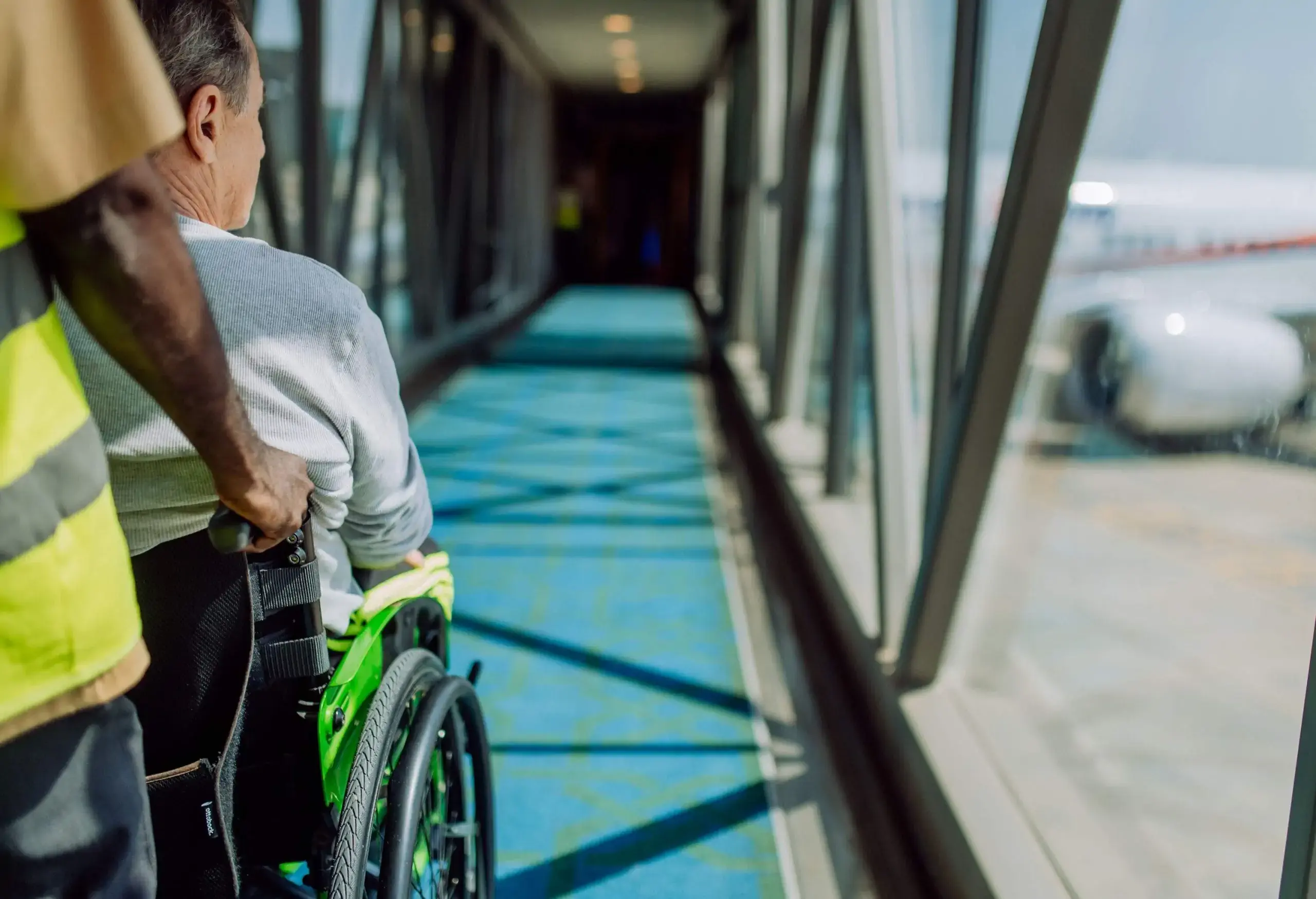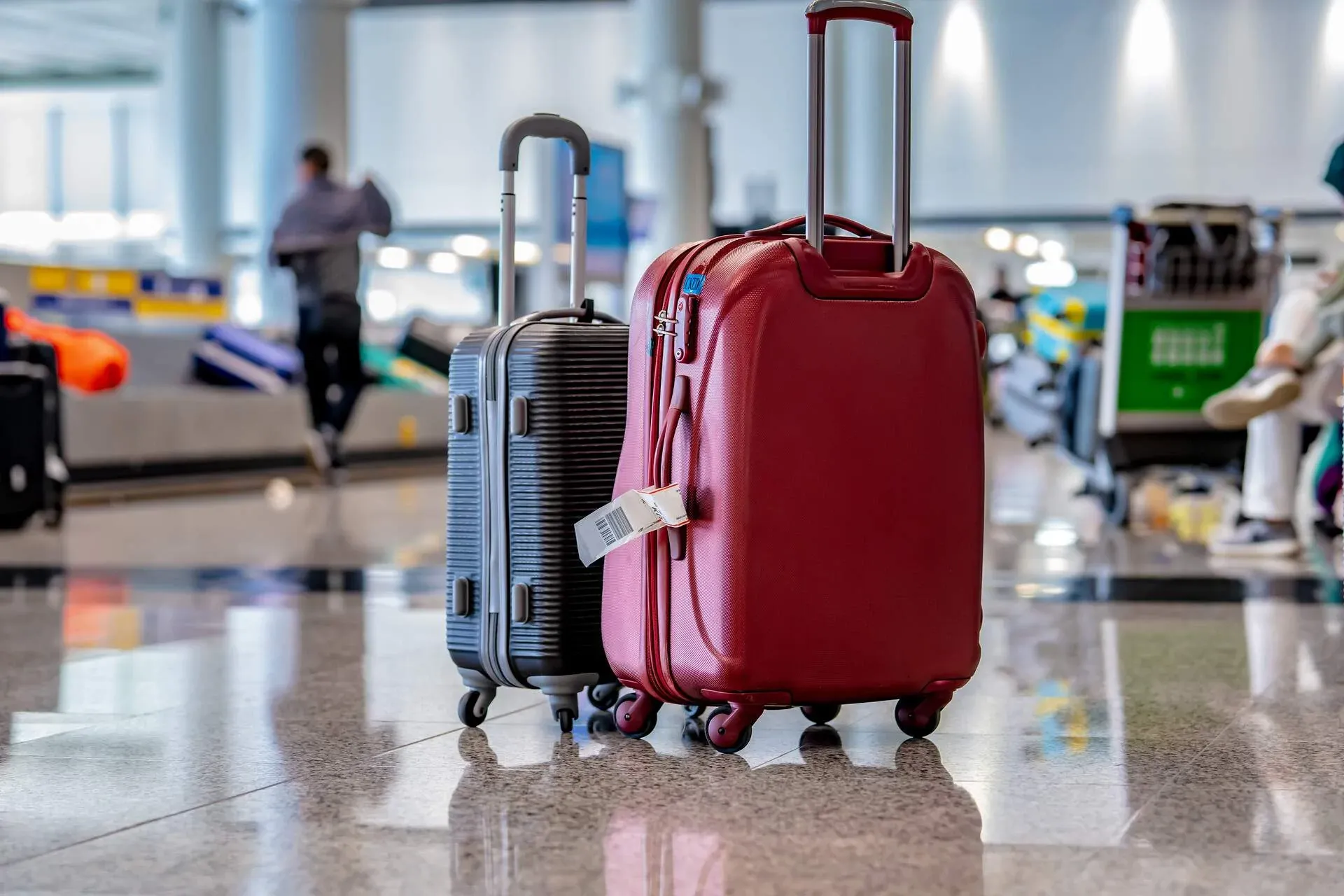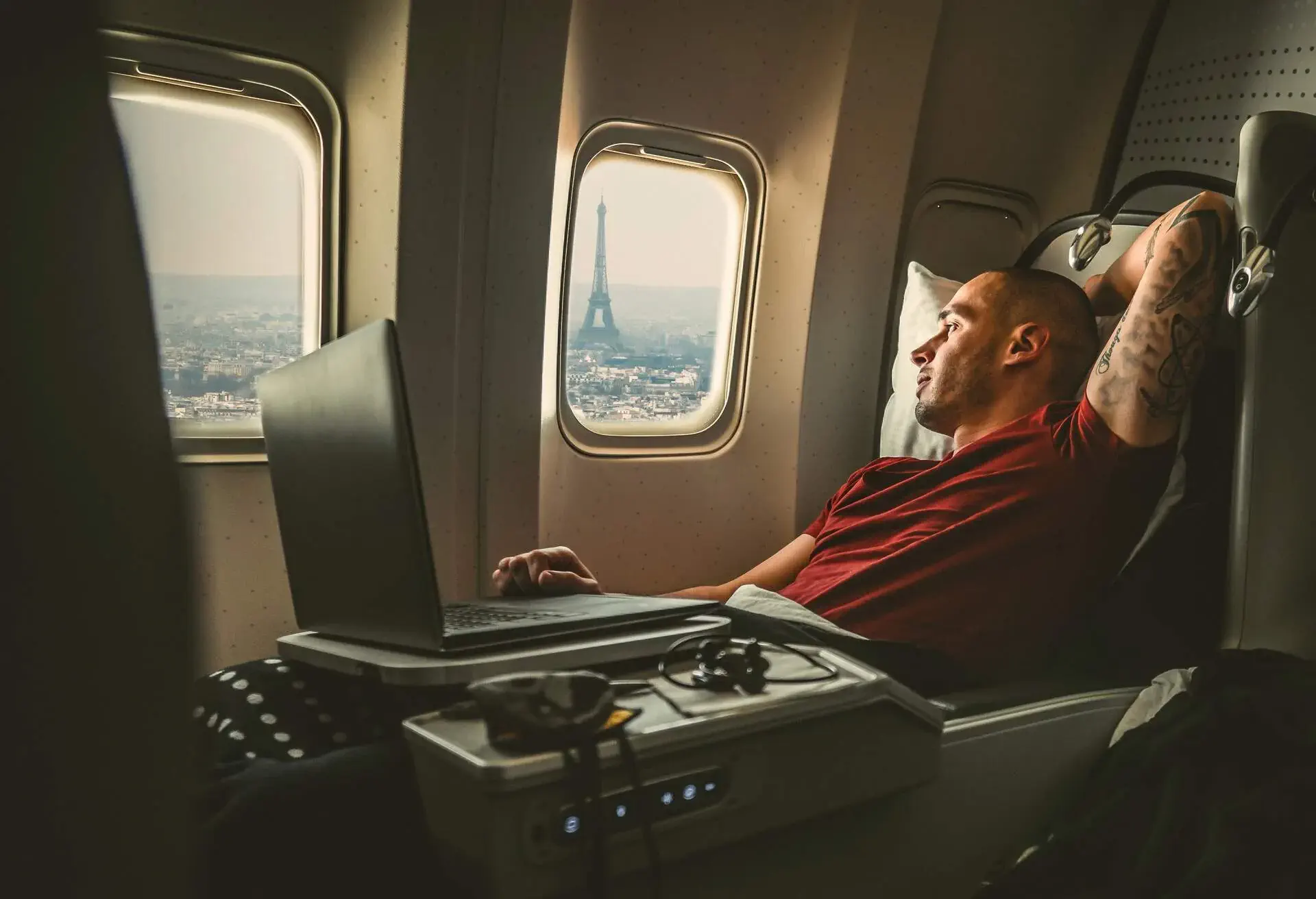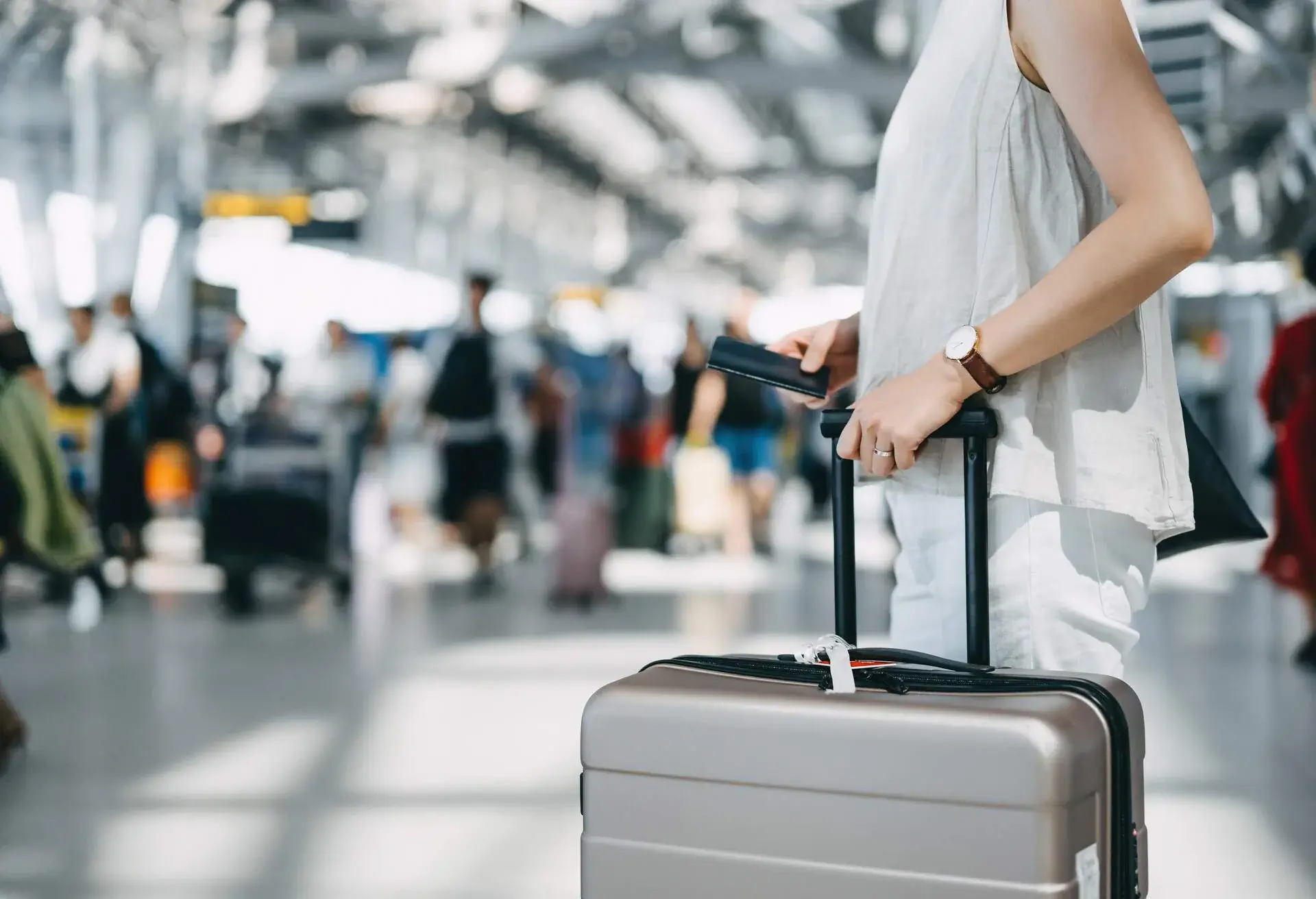For any traveler, maneuvering through an airport can be hectic. Pushing past the chaos at the airport, I have taken hundreds of flights over the past ten years while using my powered wheelchair. I have learned firsthand the ins and outs of air travel when flying with a wheelchair and I want to help ease your fears and concerns throughout this article. So, let’s get your questions answered!
Can I bring my wheelchair on an airplane?
Since I use a power wheelchair, I am not allowed to bring my wheelchair into the cabin of the plane currently. Airlines are only required to allow manual wheelchairs in the cabin of the airplane at this time. Power wheelchairs are stored in the cargo hold, as they are too large to go in the seating area. If the plane has 100 or more seats, the airline is required to allow at least one manual wheelchair inside the aircraft. It may be broken down or collapsed, and then stowed in an overhead bin or in the designated wheelchair storage area. If your manual chair does not fit inside the storage area inside the plane, the airline staff is required to store it free of charge in the cargo area beneath the plane.
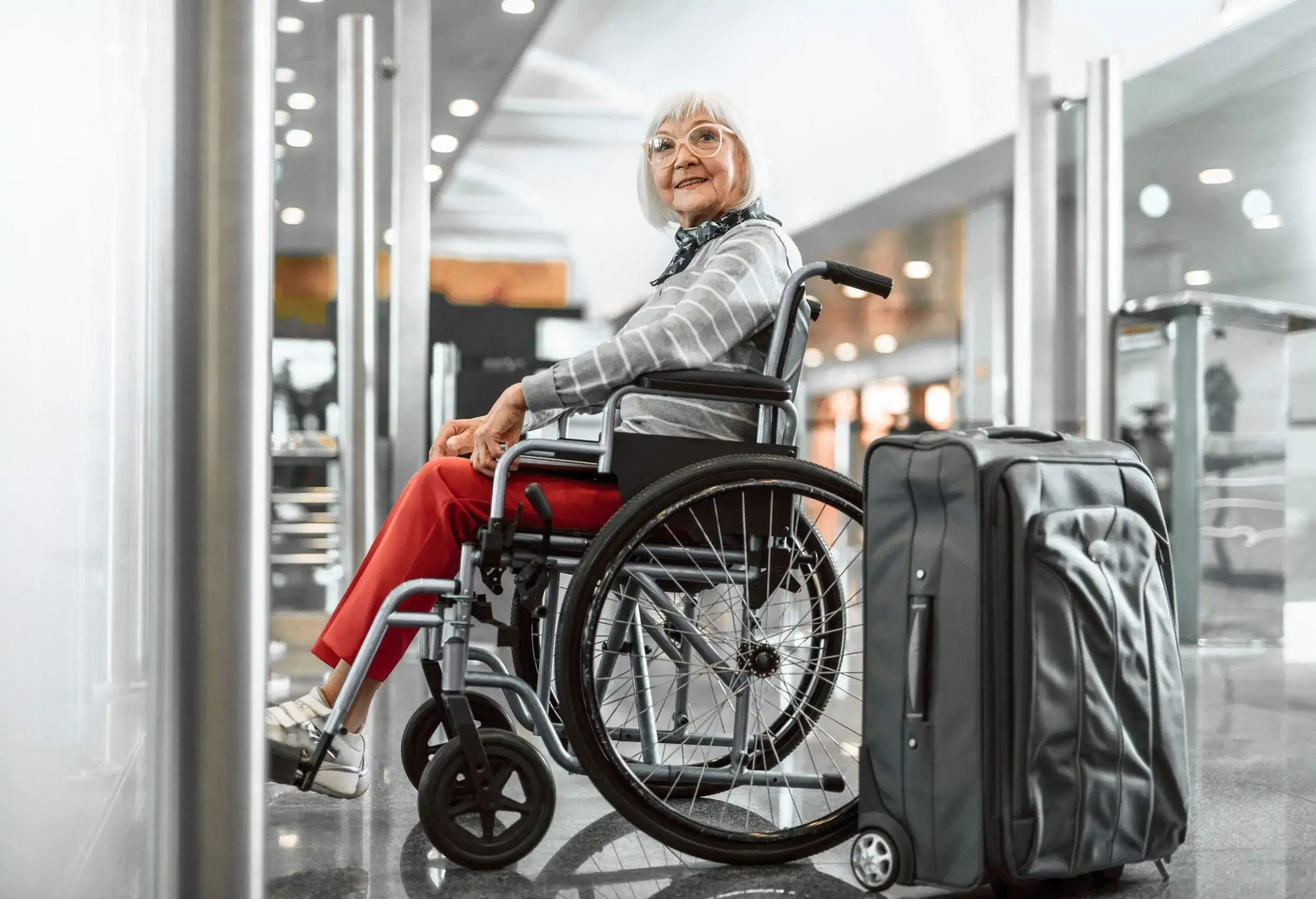
How much does flying with a wheelchair cost?
As long as you are flying from or to a US destination, flying with a wheelchair does not cost any more than flying without one. Actually, it is free to check up to two wheelchairs in addition to any other checked bags. This also includes scooters, sports chairs, and any other mobility devices.
How do people in a wheelchair get on a plane?
How do I request a wheelchair for a flight?
If you feel that you will need to use a wheelchair at the airport, but will not be bringing your own, select "special assistance" when booking your flight online. All airports have loaner wheelchairs that you can use if needed when you arrive. You can also request a wheelchair when checking in at the airport or upon your arrival inside the door to the airport staff.
Can you bring your own wheelchair through TSA?
A person that uses a wheelchair is allowed to bring their own wheelchair through TSA. TSA agents will ask if you are able to stand and walk through the body scanners at the airport. If you are not able to walk, the TSA agent can assist you in your wheelchair around the scanning area and do a hands-on pat down screening of you. They will also complete a hands-on scan of your wheelchair.
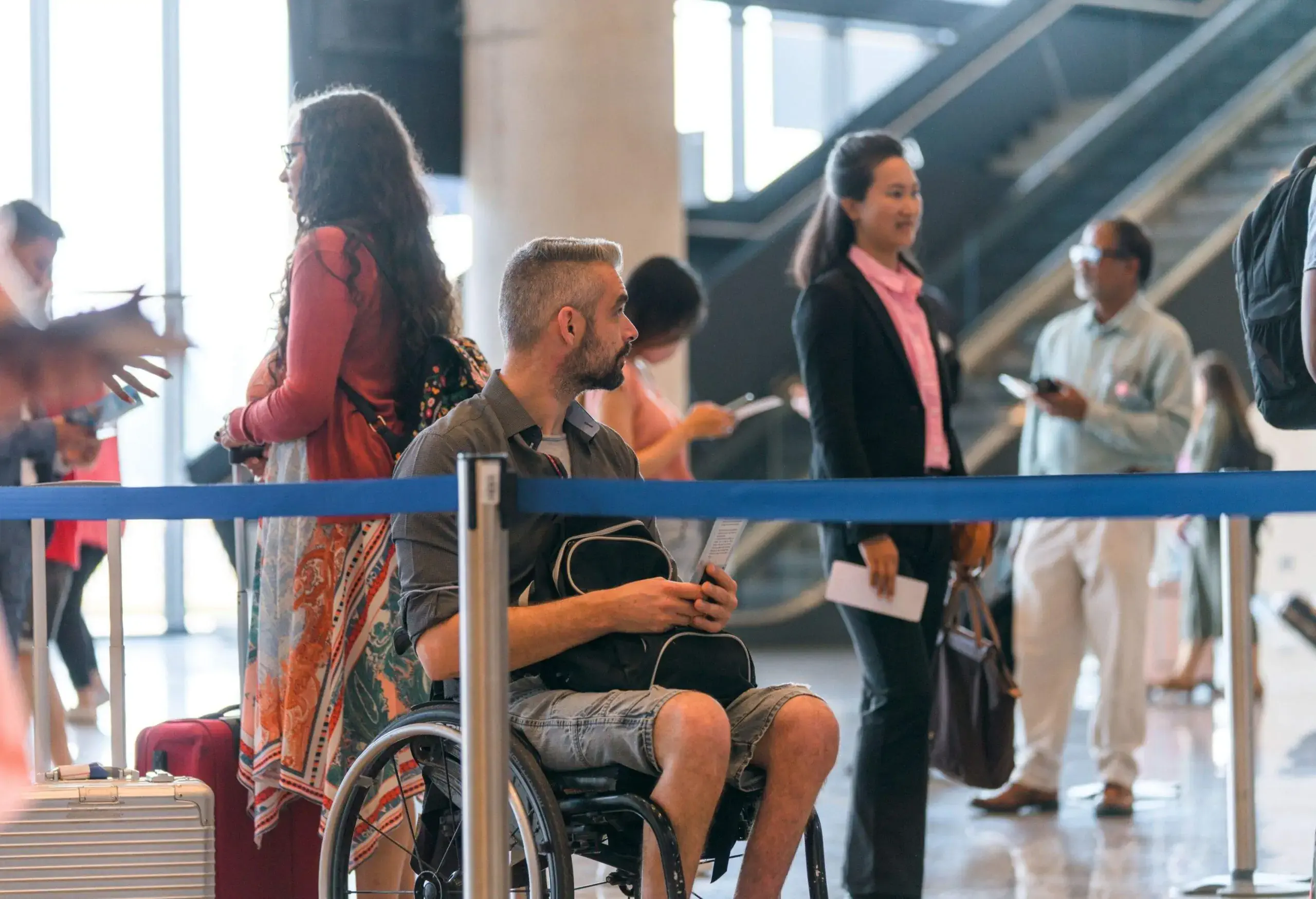
How should you protect your wheelchair from damages during flight?
Protecting your wheelchair from damages during flight is very important. If you are like me, my power wheelchair is the only way that I can maneuver around, and I certainly don’t want it broken. I have found that by taking off all removable parts such as my knee pads and my headrest, and placing them in my carry-on bag, it does help to protect my chair. I also wrap my joystick with bubble wrap, and place a plastic bag over it and tape it on. Remember, if you are using a manual wheelchair, first make sure that it is collapsed as small as it can go, and then request that it be placed inside the cabin’s storage area.
Conclusion
As you can see, there is no reason that you should put off flying with a wheelchair any longer. As long as you are prepared and have a desire to travel, you can easily roll to the gate, board the plane with assistance if needed, and enjoy your flight. The airlines welcome travelers that use wheelchairs and the airports have trained staff that are prepared to assist travelers with disabilities if needed.

